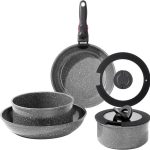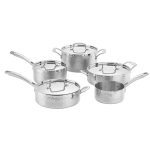What is a Dog Crate?
A dog crate is a small, enclosed space specifically designed for dogs. It serves as a personal den, replicating the sheltered areas that wild animals seek for safety. Dog crate vs kennel come in various materials, including metal, plastic, and fabric, allowing for different preferences and needs. Each crate features secure gates or doors to keep the dog safely contained.
Additionally, crates are available in various sizes to accommodate different dog breeds, ensuring comfort for every pet. They provide a safe and controlled environment, ideal during training sessions or travel. Crates assist in housebreaking by teaching your dog to hold their bladder. Furthermore, they give dogs a personal space, making them feel secure. Overall, a dog crate can be a valuable tool for pet owners, promoting safety and comfort in various situations.
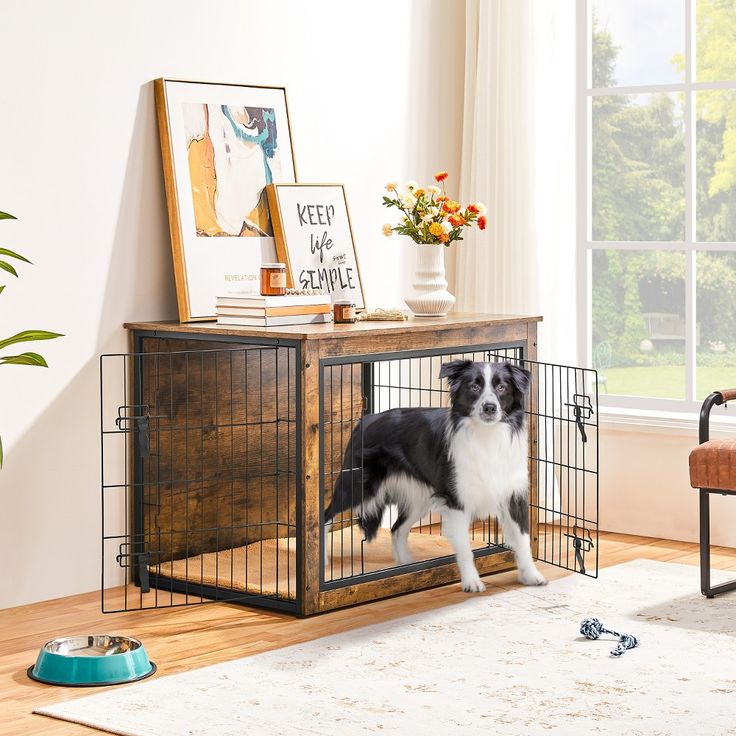
Common Uses for Dog Crates
Dog crates serve multiple purposes in a pet’s life:
- Training Tool: Crates aid in house training by controlling a dog’s environment. Dogs avoid soiling their resting area.
- Travel Safety: Crates ensure safety during car or air travel by confining the dog.
- Time-Out Space: They offer a place for dogs to calm down after overexcitement or misbehavior.
- Resting Spot: Dogs use crates as a den for resting or seeking solace.
- Medical Recovery: Injured or post-surgical dogs can recuperate in a crate with fewer distractions.
Pros and Cons of Using a Dog Crate
Pros:
- Safety and Security: A crate keeps your dog safe when unsupervised.
- Effective Training: Crate training helps with behavior management and housebreaking.
- Creates Routine: Dogs adapt to a schedule with crate-based habits.
- Travel Convenience: Crates make traveling easier and safer.
- Prevention of Destructive Behavior: Crating prevents chewing or damaging household items during alone time.
Cons:
- Limited Space: Crates may feel cramped for prolonged stays, particularly for large breeds.
- Potential Misuse: Overusing a crate can lead to stress and behavioral issues.
- Not Suitable for All Dogs: Some dogs may resist crates, leading to anxiety or discomfort.
- Price Factor: Quality crates can be costly for some homeowners.
While dog crates are versatile and beneficial, understanding their proper use is crucial. Misuse may harm your pet. Balancing crate time with outdoor or play sessions leads to a healthier, happier dog.
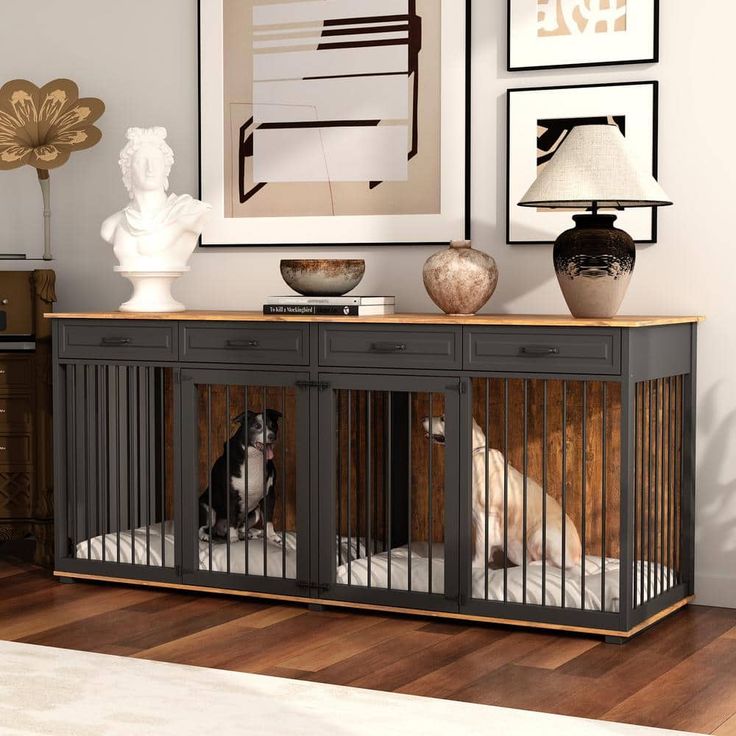
What is a Dog Kennel?
A dog kennel is a structure designed to provide shelter and space for dogs. Unlike a crate, kennels are typically larger and allow a dog more room to move. They are commonly used for long-term housing. Kennels can serve as both temporary shelters and permanent enclosures. They are made from various materials, such as wood, metal, or plastic, and come in many designs. Some kennels are open-air, while others are fully enclosed for weather protection. They can house single dogs or be large enough for multiple pets.
Indoor vs Outdoor Kennels
Indoor Kennels:
- Designed for use inside a home.
- Smaller in size compared to outdoor kennels.
- Often made of lightweight materials.
- Ideal for keeping dogs secure and comfortable indoors.
- Suitable for temporary use or specific times, such as bedtime or supervision needs.
Outdoor Kennels:
- Larger and more durable, built for outdoor use.
- Made to withstand weather conditions like rain, wind, and heat.
- Come with added features like roofs or shaded areas for protection.
- Provide ample space for exercise and free movement.
- Often used in backyards or open outdoor spaces.
Benefits of Dog Kennels
- Spacious Accommodation: Kennels provide ample room for dogs to move and play freely. This extra space encourages physical activity, allowing dogs to stretch their legs and burn off energy.
- Weather Protection: Outdoor kennels shield dogs from harsh weather conditions. With covers or enclosed areas, they offer appropriate shelter during rain or extreme sun exposure, ensuring your pet’s comfort outside.
- Safe Enclosures: Kennels act as safe enclosures that protect dogs from external dangers. They keep pets safe from potential threats such as traffic or predators, giving owners peace of mind.
- Customized Sizes: Many kennels come in various dimensions to suit different breeds or accommodate multiple pets. This customization allows you to select the best fit for your furry friends.
- Versatile Use: Kennels are suitable for both indoor relaxation and outdoor activities. They adapt well to various environments, making them a flexible option for pet owners.
- Durable Construction: Most outdoor models are built to last, made from weather-resistant materials. This durability provides long-term reliability and protection for your pets.
- Behavior Management: Kennels help provide structure for dogs, reducing tendencies for destructive behavior. With designated spaces, dogs can develop positive habits and routines.
Kennels are ideal for long-term care, ensuring your pet has a secure resting space. Choosing the right type depends on space, location, and your dog’s habits, helping create a nurturing environment for your furry companion.
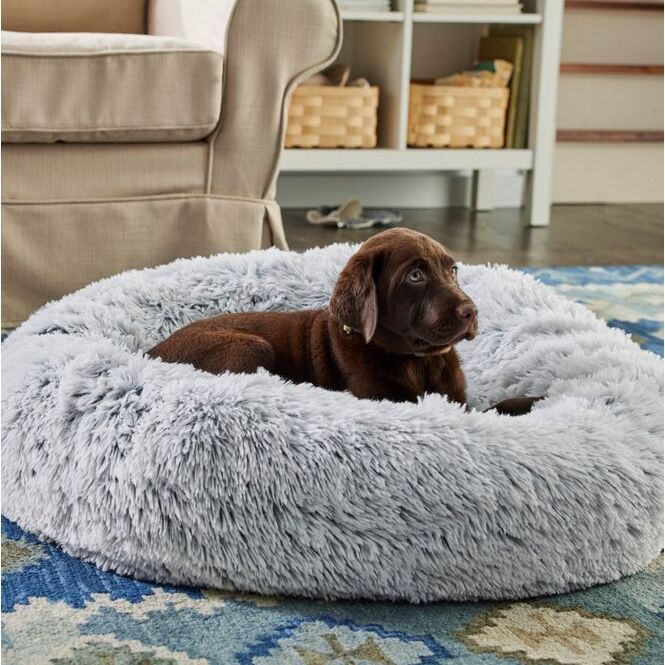
Key Differences Between Dog Crates and Kennels
Size and Space Comparison
Dog crates are smaller and enclosed, providing limited space for movement. They cater to short-term needs like training or travel. Kennels, on the other hand, are larger structures allowing freer movement. Outdoor kennels offer ample room for exercise and play. A crate mimics a den, while a kennel feels more like a room. If your dog needs copious space, a kennel is a better option.
Portability and Convenience
Dog crates are lightweight and portable, making travel easy. They come with handles or collapsible designs for convenience. Kennels, especially outdoor types, are bulkier and harder to move around. Indoor kennels may offer moderate portability, but outdoor ones often stay fixed. For on-the-go pet owners, crates are preferable. Kennels are better suited for permanent setups and spacious yards.
Material and Durability
Crates are usually made of lightweight metal, plastic, or fabric. While practical, they may lack the robustness of kennel materials. Kennels often use heavy-duty metal, wood, or weather-resistant plastic for durability. Outdoor kennels are designed to endure harsh conditions like rain and wind. Crates offer short-term utility, while kennels are better for long-term use. Your choice should match your dog’s needs and the environment.
Choosing the Right Option for Your Dog
When deciding between dog crate vs kennel, it’s essential to assess your dog’s needs. Each option serves distinct purposes and offers unique benefits. Consider factors such as your pet’s size, temperament, and activity level, as well as your lifestyle. The right choice ensures your dog’s comfort and overall well-being.
Factors to Consider Based on Your Dog’s Needs
- Dog Size and Breed: Crates are typically better suited for smaller breeds or short-term use. Larger breeds often benefit from kennels because they provide more ample space to move around comfortably.
- Activity Level: Active dogs usually prefer kennels, which offer extra room for movement and play. In contrast, less active dogs often feel comfortable in the confined space of a crate, where they can relax.
- Purpose: Use dog crates primarily for training, travel, or short-term containment. On the other hand, choose kennels for long-term housing or to provide more outdoor freedom for your dog.
- Temperament: Anxious or high-energy dogs might feel stressed in a crate. These dogs often settle down better in a kennel where they have more space to roam and explore.
- Space Availability: Crates are ideal for urban homes with limited space, making them easy to place indoors. In contrast, outdoor areas are perfect for kennels, allowing dogs to enjoy fresh air.
- Budget: Generally, crates are more affordable than large, durable kennels. Be sure to factor costs into your decision-making process, ensuring you choose the right option for your pet and your budget.
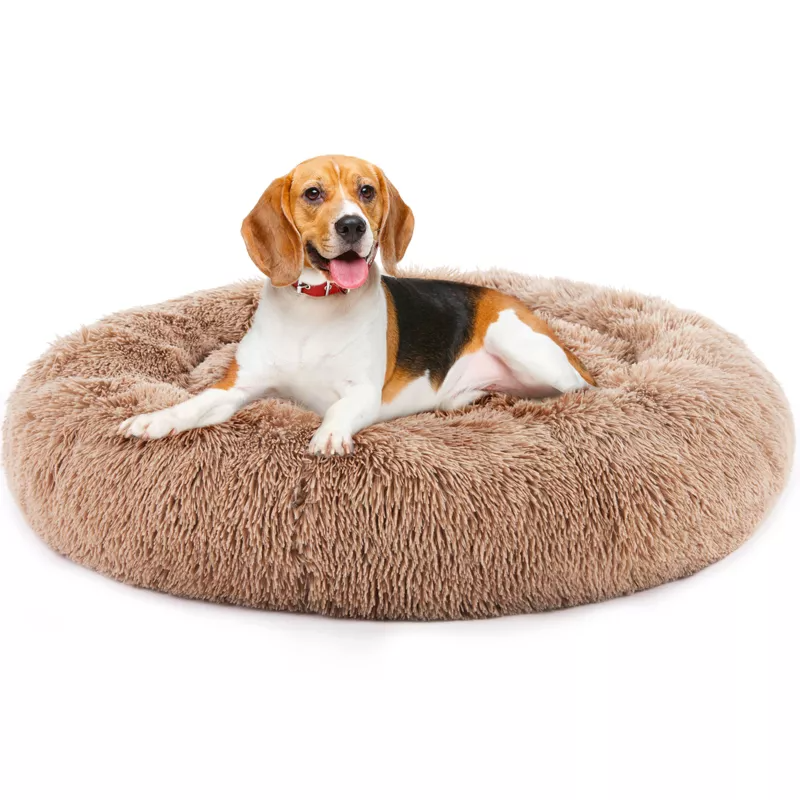
Ideal Scenarios for Crates vs Kennels
- Crates: Crates are perfect for training puppies. They provide a cozy resting spot that makes dogs feel secure. Additionally, crates ensure safety during travel, keeping your pet contained in unfamiliar environments.
- Kennels: Kennels are great for long periods spent outdoors. They offer protection from the elements while allowing your dog to move freely. This space is ideal for letting your dog enjoy nature without restrictions.
- Combined Use: Some dog owners find value in using both crates and kennels. They may use crates indoors for comfort and training while utilizing kennels for exercise in the yard. This combination allows for structured living and playtime.
Understanding your dog’s lifestyle and habits is vital when choosing between a dog crate and a kennel. Both options serve distinct purposes, contributing to your pet’s happiness and security. By evaluating your dog’s needs, you can confidently provide the best environment for them.
Maintaining The Dog Crate or Kennel
Proper maintenance ensures the longevity and usability of dog crate vs kennel. Regular cleaning and careful attention to comfort and safety are crucial. A well-maintained environment contributes to your dog’s overall health and happiness.
Cleaning Tips for Dog Crates and Kennels
- Set a regular cleaning schedule: Clean the crate or kennel weekly, or more often if your dog uses it frequently.
- Remove all items: Take out bedding, toys, and food bowls before cleaning to ensure a thorough job.
- Vacuum or brush debris: Remove fur, dirt, and leftover food to keep the space tidy.
- Wash surfaces with pet-safe cleaners: Use mild, non-toxic cleaners to avoid harming your dog during cleaning.
- Rinse thoroughly: Ensure no residue from cleaning products remains after washing surfaces.
- Air dry completely: Allow surfaces to dry fully to prevent mold and unpleasant odors.
- Clean bedding separately: Wash bedding in a machine with pet-safe detergent for optimal hygiene.
- Outdoor kennels need extra attention: Regularly remove outdoor debris like leaves and disinfect to maintain a healthy environment.
Taking these steps keeps your dog’s space clean and comfortable, whether you’re using a dog crate or kennel.
Ensuring Comfort and Safety
- Choose the right size: Ensure enough room for your dog to stand, turn, and lie comfortably.
- Provide soft bedding: Add cushioning to support joints and improve comfort.
- Inspect regularly: Check for sharp edges, loose parts, or wear and tear.
- Maintain proper ventilation: Allow free airflow to prevent overheating.
- Place crates in safe areas: Avoid direct sunlight, drafts, or noisy locations.
- Secure latches and locks: Prevent accidental escapes or injuries.
- Use chew-resistant materials: Avoid hazards from chewing or ingestion.
- Supervise during adjustment periods: Monitor your dog to ensure they feel calm and secure.
A clean and comfortable environment promotes your pet’s physical and mental well-being.
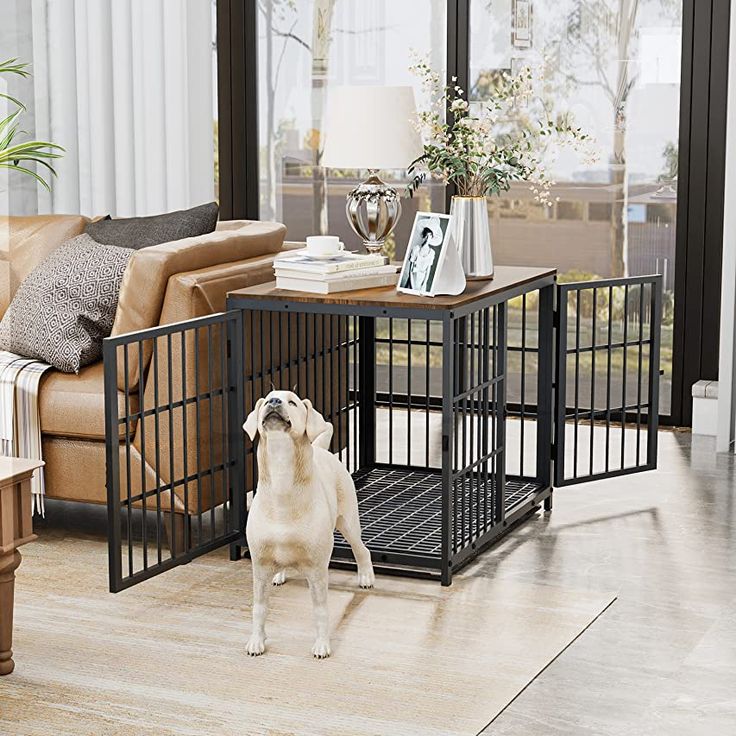
Frequently Asked Questions
Can You Use a Crate as a Kennel or Vice Versa?
While both dog crates and kennels provide enclosed spaces, they serve distinct purposes. Dog crates are compact and portable, making them ideal for short-term use, such as training sessions or travel. They mimic a den-like environment, offering comfort and security for your pet.
On the other hand, dog kennels are larger and designed for long-term housing. They provide ample room for movement and are often better suited for outdoor use. This significant difference in size and functionality means that switching between the two isn’t always feasible. A dog crate may feel restrictive for extended periods, which could lead to anxiety for your pet. Conversely, a kennel might lack the portability required for traveling.
Ultimately, choosing between a dog crate vs kennel depends on your dog’s specific needs and the situations in which you find yourself. Assessing the intended use will help you make the best decision for your furry friend.
How Long Can a Dog Stay in a Crate or Kennel?
The length of time a dog can stay in a crate or kennel varies significantly. For dog crates, it is best to avoid keeping adult dogs confined for more than 4 to 6 hours during the day. Puppies require even shorter periods due to their smaller bladders and higher energy levels. Excessive confinement in crates can lead to stress and anxiety, so it is crucial to know your dog’s limits.
In contrast, dogs can stay longer in kennels because they provide more room for movement and stretching. However, even in kennels, it’s vital to monitor your dog’s well-being. Provide regular breaks for exercise and interaction, as dogs need companionship and mental stimulation. Overusing either a crate or kennel can negatively affect both their physical and mental health. Always ensure your pet receives adequate attention and playtime in their daily routine, striking a balance between confinement and engagement. This consideration will significantly enhance your dog’s overall quality of life.
